Home | Carbon offsets | Salkhit Wind Farm, Mongolia
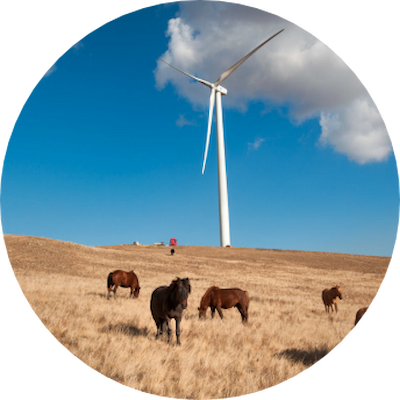
Salkhit Wind Farm, Mongolia
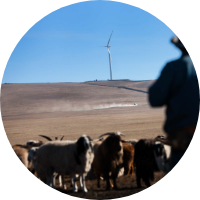
178,778 tonnes of CO2e avoided annually
By generating clean electricity from wind, this project significantly reduces Mongolia’s reliance on fossil fuels.
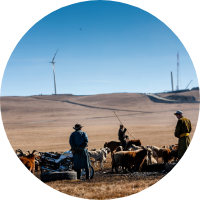
Mongolia’s first grid-connected wind farm
Salkhit Wind Farm is a pioneering renewable energy project, setting the standard for future developments in the region.
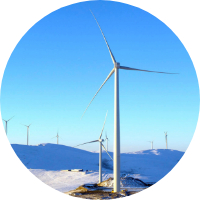
Catalyst for national energy transformation
This project not only supplies clean power but also builds the technical expertise needed to grow Mongolia’s renewable energy sector.
Salkhit Wind Farm - is the first and most vital step in the development of renewable energy within Mongolia, as the first wind farm to supply wind energy to the national grid. With over 91% of all energy produced in Mongolia occurring from fossil fuel combustion - this project is designed to be the first of many to have a significant impact on reducing carbon emissions within the country. The expected total annual net electricity generation of Salkhit Wind Farm is 168.5 GWh with an emission reduction of 178,778 tonnes of CO2 equivalent (tCO2e) each year.
Separate to the significant emission reductions, the key secondary benefits of the project are to stimulate the implementation of other renewable energy sources across the country, by improving the technical knowledge and expertise in the construction, commissioning, and safe operation of wind farms in Mongolia.
As a pioneering project, Salkhit Wind Farm has proven renewable energy can be established in regions of the world with the most extreme temperature variations - with Mongolian winter temperatures dropping to -50°C and summer temperatures rising to 50°C. By establishing itself with ‘proof of concept’ within in the region, further projects have already received approval and funding to ensure clean energy continues to grow and have a significant impact for decades to come.
A standalone and significant project, Salkhit Wind Farm will have long lasting benefits within a developing and environmentally challenging part of the world.
UN Sustainable Development Goals met by this project:
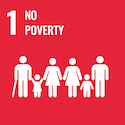
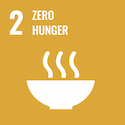
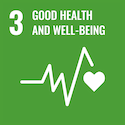
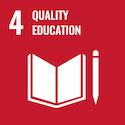
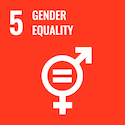
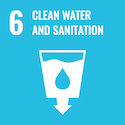
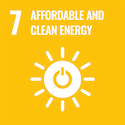
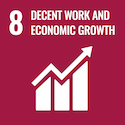
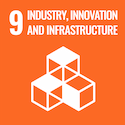
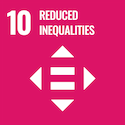
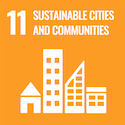
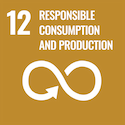
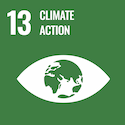
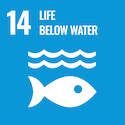
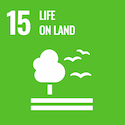
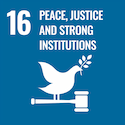
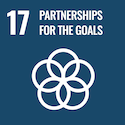
Explore our projects
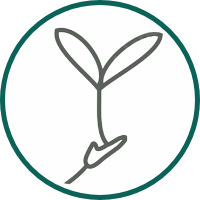
Blue Carbon Mangrove Restoration, Pakistan
Blue Carbon Mangrove Restoration in Pakistan’s Indus Delta spans 350,000 ha, removing 142 million tonnes of CO2e for global climate mitigation.
Project status: Active
Learn more about the Blue Carbon Mangrove Restoration project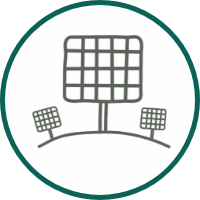
Elazig Solar Farm,
Turkey
Elazig Solar Farm pioneers high-efficiency solar power in Turkey, reducing reliance on fossil fuels and stabilising energy costs.
Project status: Active
Learn more about the Elazig Solar Farm project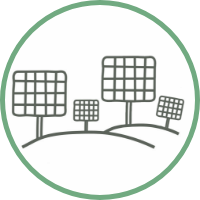
Household Solar Lighting, Zambia
This project provides solar lighting to Zambian families, reducing carbon emissions and enabling safer study, cooking, and socialising at home.
Project status: Active
Learn more about the Household Solar Lighting project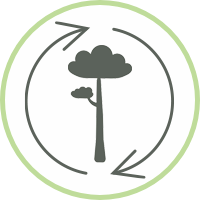
Improved Biodiversity & Mixed Reforestation
This reforestation project restores 2,115 ha of former pastureland, planting over one million trees to boost biodiversity and carbon capture.
Project status: Active
Learn more about the Improved Biodiversity & Mixed Reforestation project
Reforestation on Degraded Land, Uruguay
This project restores 21,298 hectares of degraded grazing land in Uruguay, creating sustainable forests to boost biodiversity and carbon capture.
Project status: Active
Learn more about the Reforestation on Degraded Land project
Wind power in Karnataka, India
This project in Karnataka generates renewable wind power, reducing fossil fuel reliance and supporting India’s Southern Electricity Grid.
Project status: Active
Learn more about the Wind power in Karnataka project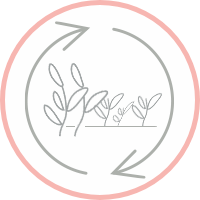
Peatland protection - Rimba Raya
The Rimba Raya Biodiversity Reserve protects carbon-rich peatland from palm oil deforestation, preventing 100 million tonnes of emissions.
Project status: Inactive
Learn more about the Peatland protection in Rimba Raya project
Peatland protection, Keo Seima, Cambodia
The Keo Seima Wildlife Sanctuary in Cambodia protects endangered wildlife and supports local Bunong communities through conservation and sustainable development.
Project status: Inactive
Learn more about the Peatland protection in Keo Seima project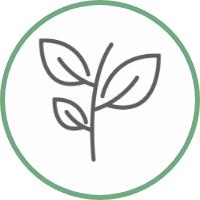
Tropical Forest Protection, Mai Ndombe
The Mai Ndombe project in the DRC reduces forest and biodiversity loss whilst providing community prosperity through vital investments into the local area.
Project status: Inactive
Learn more about the Tropical Forest Protection project